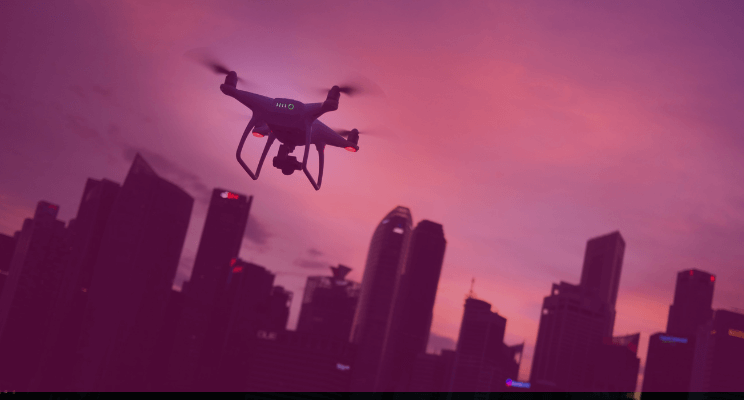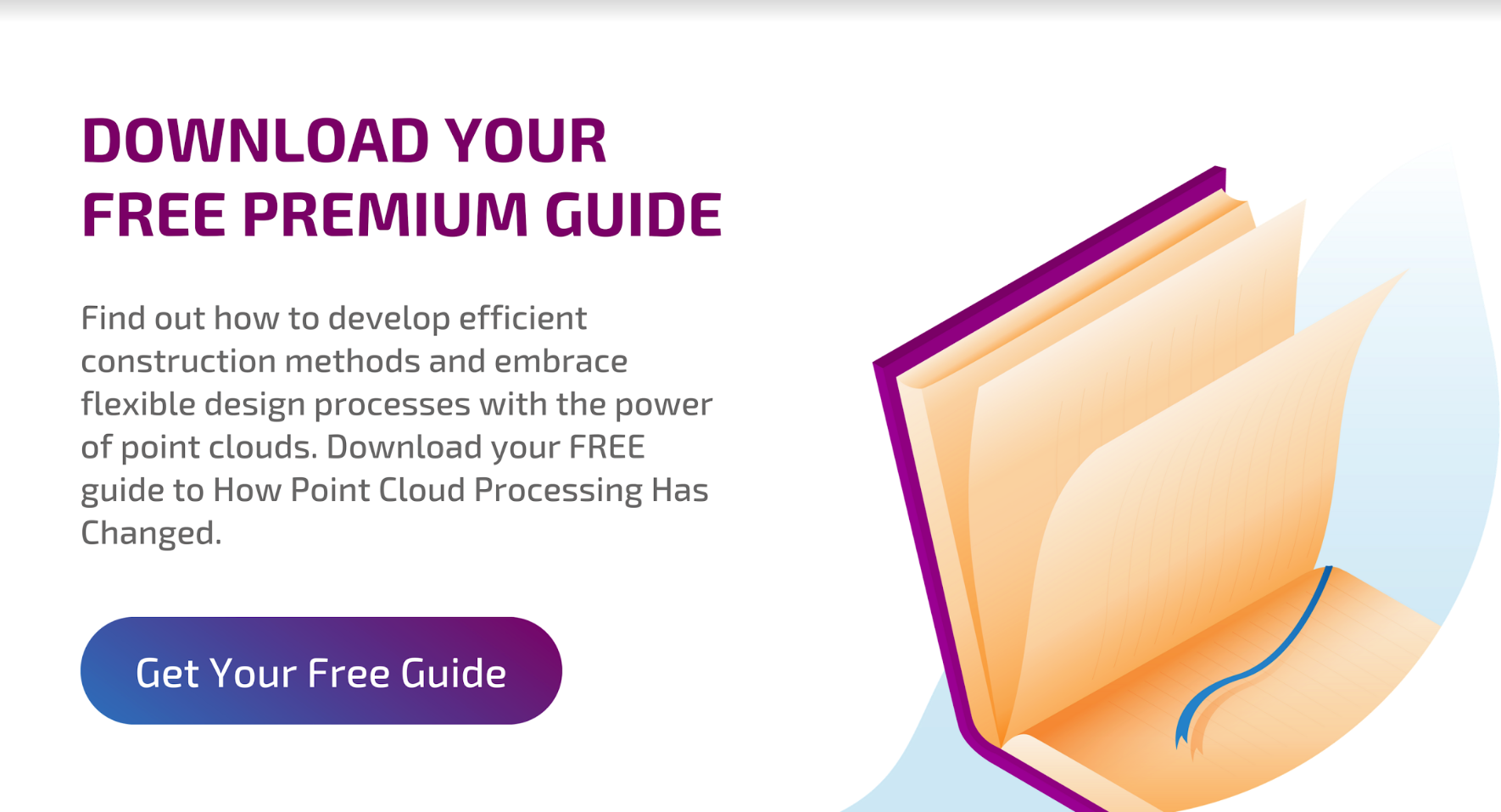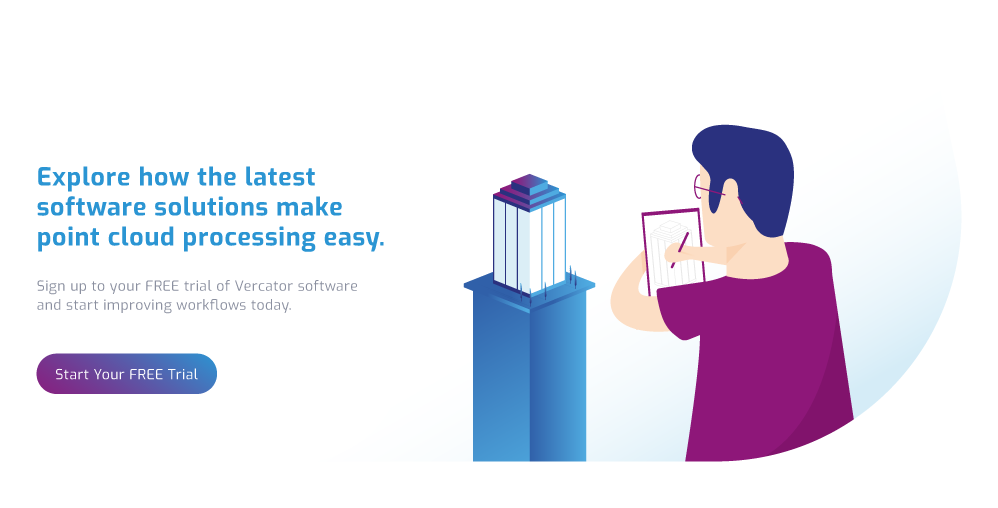5 tech-fueled trends surveyors need to understand: top surveyor tools in 2019

The modern-day surveyor has many different tools at their disposal that previous generations couldn’t begin to imagine. Technology never stands still. For both surveyors and their clients, understanding how to get the best outcomes rests on understanding the best tools for the job.
This is your 2019 update on the latest surveyor tools and technological advances shaping the industry and the future.
1. Advanced GPS registration
A significant change impacting us all, but surveys especially, has been the growth from just one fully operational GNSS (i.e. GPS) towards four (almost) fully operational systems. At the same time, GPS receivers have got better, we have seen receivers with more channels appearing in the market.
Over the next decade we will see new systems allowing sub-centimetre-level positioning anywhere in the world and massively reduced initialisation times.
One of the other changes that is expected is the introduction of the Galileo Commercial Service as a catalyst to facilitate interoperability of any GNSS receiver. Lastly, we will see anti-jamming and anti-spoofing solutions becoming more available, with price levels coming down to the current levels of ‘standard’ equipment.
2. The application of drones
The newest of the data collection methodologies, the unmanned aerial vehicle (UAV) is taking the surveying world by storm.
Along with the airborne variety, land-based unmanned vehicles are starting to catch on as additional data collectors of open, navigable terrain. These autonomous devices are being equipped with LiDAR and cameras to create point clouds which augment aerial data in concert with UAVs.
Drone technology will become an integral part of infrastructure planning, design and construction supervision. This means many projects will utilise drone imagery and its derived outputs. Plus, as the technology continues to improve, drone outputs will keep improving too. However, this requires surveyors to becoming more drone adept.
3. Multi-stage, vector-based point cloud registration
Registration has been traditionally where the point cloud generation process traditionally slows to a crawl. The limitations of traditional processing software required extensive manual processes to be undertaken either in the field or in the office — often both. This held back 3D imaging from becoming a cheap, accessible technology.
Machine learning algorithms and vector analysis have created a new industry best-practice for point cloud processing. They have greatly diminished the need for manual involvement in scan alignment. Point cloud processors are now able to queue up scans for hands-off analysis and registration.
The development of this technology that will push laser scanners and point clouds to the realisation of their potential — fostering the disruptive change that is already on the horizon. This change will also go beyond traditional industry confines. The efficiency of point cloud processing has been improved by 40%-80%, depending on the scale of the project. The cost savings generated by these new techniques will open up opportunities for more novel point cloud applications with new people entering the market as point cloud producers and users.
4. Active integration with construction teams
Regardless of the platform — tripod laser scanning, mobile LiDAR, airborne LiDAR, or UAV image-based systems — the optimised organisation and accessibility of project data contributes directly to its value. Surveyors are in the spotlight because of the perception that they are experts in accurate data collection. The ability to share and locate this data efficiently and inexpensively is now crucial for feeding downstream operations with high-value models, asset, and analysis information.
Point cloud data and 3D models are the vehicle for improving team communication. They allow on-site and off-site teams to discuss plans while each has access to the same location information. It creates a more dynamic working environment and enables smaller teams to tackle more projects across greater distances.
In the summary of its forecast report, Global Marketing Insights suggested advances in technology and “increasing affordability of the potential of enhancing building information modelling (BIM) processes with precise on-field data is providing realism on construction sites, thereby boosting the market growth.”
In other words, faster, cheaper collection of accurate field data at construction sites using laser scanners is driving the growth of BIM. BIM, itself is then making this data more valuable to construction teams. Partnered with other advances, such as multi-stage processing, this is delivering a means to truly integrating reality capture into construction projects. There is even the possibility of scanning stages of construction and quality control measures, in addition to creating scans that form the basis of BIM-enabled 3D models and plans.
5. Cloud-based storage and processing
Point cloud datasets have proved to be useful for many applications, ranging from engineering design to asset management. While point clouds are becoming denser and more accurate, new software is allowing an ever-broader user group for these datasets. However, due to their size and dependence on specialised tools, data management of point clouds is still complicated. A major consideration for data managers is the choice of point cloud storage format, as several different formats are available.
In recent years, cloud computing has been a hot research spot due to the exponentially increasing amount of data on the Internet. Many cloud computing platforms have been developed by Internet companies, such as Amazon's EC2, Google's cloud computing platform, Microsoft's Windows Azure and IBM's Blue Cloud.
Geospatial applications including modelling, storage, processing and so on, can now make use of the functionality, cost-effectiveness and convenience of cloud computing. For example, as an open-source software framework of cloud computing, Hadoop is being applied in geospatial research areas with researchers looking to process LiDAR data using cloud computing processing and storage resources.
What is the surveyor of the future?
If we look at the survey-related equipment, software and services within GPS World magazine, most are for applications not even considered five to 10 years ago. All these items require a different mindset, so the surveyor’s educational requirements and approach must adjust with the technology.
The ability to perform at increased levels of production and accuracy using new equipment and software is crucial. However, the danger is the technology could outpace the profession — delivering opportunities that are left unexploited.
Professional surveying is much more than establishing boundaries of parcels of land; it now requires knowledge for mapping literally anything in the world.
Surveyors need to look for new possibilities for the application of evolving technologies, expanding their profession into contexts and industries that have yet to regularly apply surveying and reality capture technology. The challenge is to relearn and re-focus to continue the surveying and mapping tradition.
Tags: point clouds


